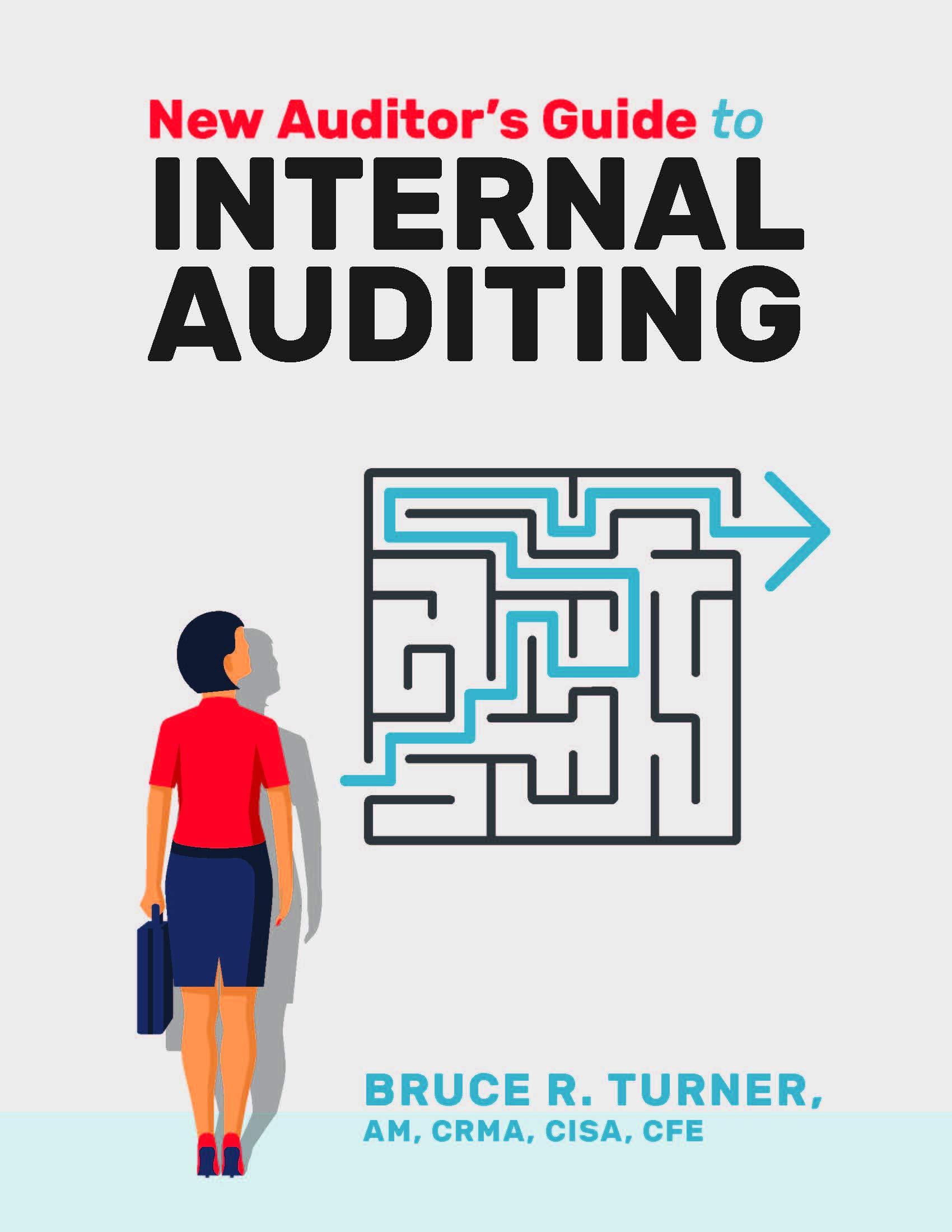
 2. The Discounted Cash Flow model is referred to as the Direct Dividend Model in the MBA 620 course materials. The formula reduces to Rs = (D1 / P0 ) + g where Rs is the required return on equity or the Cost of Equity, D1 is the expected future dividend, P0 is the price of the stock today and g is the expected growth in dividends. The CFO notes that the expected future dividend is $2.38 and the expected growth rate is 7%. For this calculation, please use the March 17, 2020 closing price of $138.70 per share. Calculate the cost of equity (Rs) using the DCF approach.
2. The Discounted Cash Flow model is referred to as the Direct Dividend Model in the MBA 620 course materials. The formula reduces to Rs = (D1 / P0 ) + g where Rs is the required return on equity or the Cost of Equity, D1 is the expected future dividend, P0 is the price of the stock today and g is the expected growth in dividends. The CFO notes that the expected future dividend is $2.38 and the expected growth rate is 7%. For this calculation, please use the March 17, 2020 closing price of $138.70 per share. Calculate the cost of equity (Rs) using the DCF approach.
Information from McCormick Your task is to make an estimate of McCormick & Company's Weighted Average Cost of Capital (WACC) to use as the discount rate for evaluating capital projects, such as the one in the next tab. The CFO plans to borrow a portion of the required $350 million initial investment for this project using 20 year bonds. For most of the past 10 years, the company has used 7% as the discount rate. This was based on a study of the company's WACC in early 2010. Interest rates have risen since the last study when the McCormick & Co rate average interest rate was 3%. We will use 4% today. Also, there has been a change in the weights between debt and equity in the overall capital structure since 2010. The most significant change was the acquisition of RB Foods. It is the main reason for this study. Here is what our MD&A reported about that acquisition. On August 17, 2017, we completed the acquisition of Reckitt Benckiser's Food Division ("RB Foods") from Reckitt Benckiser Group plc. The purchase price was approximately $4.2 billion, net of acquired cash. The acquisition was funded through our issuance of approximately 6.35 million shares of common stock non-voting (see note 13 of the financial statements) and through new borrowings comprised of senior unsecured notes and pre-payable term loans (see note 6 of the financial statements). The acquired market leading brands of RB Foods include French's, Frank's Red Hot and Cattlemen's, which are a natural strategic fit with our robust global branded flavor portfolio. We believe that these additions move us to a leading position in the attractive U.S. condiments category and provide significant international growth opportunities for our consumer and industrial segments. The RB Foods acquisition resulted in acquisitions contributing more than one-third of our sales growth in 2017 and is expected to result in acquisitions contributing more than one-third of our sales growth in 2018. As part of your work, you will be asked for a recommendation for the cost of equity. There are three widely accepted methods used to calculate the cost of equity. They are the Capital Asset Pricing Model (CAPM), the Discounted Cash Flow approach (DCF) and the debt rate plus a risk premium of 3% to 5% recommended by one board member. This last is often used by very wealthy investors as a check on the other two methods. Your recommendation for the cost of equity will be necessary so you can undertake the calculation estimating the WACC. Answer Questions Below: Risk Free Rate Market Premium Beta Beta x Market Premium Risk Free rate CAPM cost of Equity #2 D Po D1 / Po 8 DCF Cost of Equity #3 Bond Rate Premium Cost of Equity #4 Calculate weights Short-term borrowings Current portion of long-term debt Long-term debt Total Debt Market Cap Equity Total Capital 1000 Weights Debt Interest rate Tax Rate After tax cost of debt Cost of equity Debt term Equity term WACC

 2. The Discounted Cash Flow model is referred to as the Direct Dividend Model in the MBA 620 course materials. The formula reduces to Rs = (D1 / P0 ) + g where Rs is the required return on equity or the Cost of Equity, D1 is the expected future dividend, P0 is the price of the stock today and g is the expected growth in dividends. The CFO notes that the expected future dividend is $2.38 and the expected growth rate is 7%. For this calculation, please use the March 17, 2020 closing price of $138.70 per share. Calculate the cost of equity (Rs) using the DCF approach.
2. The Discounted Cash Flow model is referred to as the Direct Dividend Model in the MBA 620 course materials. The formula reduces to Rs = (D1 / P0 ) + g where Rs is the required return on equity or the Cost of Equity, D1 is the expected future dividend, P0 is the price of the stock today and g is the expected growth in dividends. The CFO notes that the expected future dividend is $2.38 and the expected growth rate is 7%. For this calculation, please use the March 17, 2020 closing price of $138.70 per share. Calculate the cost of equity (Rs) using the DCF approach.





